Every Retro Console Ever, Ranked! |
||||||
|
Welcome to our Top 100 Retro Consoles list, otherwise known as Every Retro Console Ever, Ranked! So the way we define retro console here is simply anything that's more than two generations ago that has a release date more than a decade ago. I'm sure there'll be a lot of disagreement with that definition and with me including the PS3 and 360 in this list, but to be honest having 2010 as a cutoff point just seemed like a nice round number to use so don't put too much thought into it, just think of this as a list of consoles from the beginning of gaming until 2010. The order is based on my opinion and doesn't take into account sales figures or the like. Backwards compatibility also isn't really a factor, each system is rated solely on its own achievements. The criteria they're rated on include; size and variety of software library, price point/perfomance, and innovation. The consoles are rated in the context of the times in which they were released. The list includes 1st generation consoles, but only when there's something notable about them, there were literally hundreds of consoles released during the 1st gen and most were largely identical. Plug and Play systems were not elligible. With that out of the way, on to the list! |
|||||
| #100 | Storm Action T.V. Gaming System (2003) |
|||||
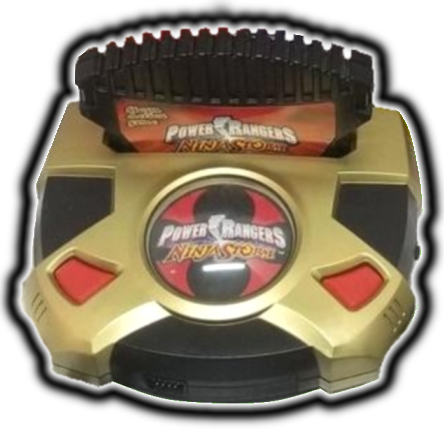 |
||||||
So starting out the list as the worst console I've ever experienced is the Storm Action TV Gaming System, a motion-controlled Power Rangers-themed console released by Toyquest. Needless to say it didn't actually do very well because... well I think anyone who's seen one in action for 5 minutes will know why! Terrible, outdated graphics and stuttery gameplay were essentially the order of the day here and only one cartridge was ever released for the system (though more were originally intended). Apparently it actually ended up being turned into a plug and play system and re-released, which was probably what it should've been from the start really. |
||||||
| ------------------------------------------------------------------------------------------------------------ | ||||||
#99 |
Unisonic Champion 2711 (1978) |
|||||
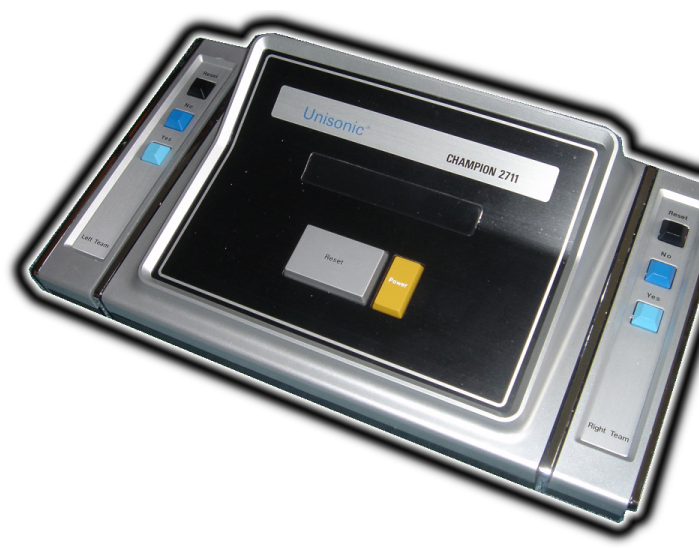 |
||||||
This was an absolutely horrendous machine released by Unisonic, a company that had transitioned from calculators to 1st generation Pong machines before subsequently releasing this, their first and only attempt at a proper console. Much of the Champion's hardware strangely enough is actually related to the excellent Intellivision hardware, to the extent that the Champion is sometimes even referred to as its "lil brother". The designers of the chips in both of the two consoles were General Instrument, who had created the Champion's chipset to be more for a budget market, in comparison to the Intellivision's more pricey chipset. Unlike the Intellivision this Champion design was just terrible in every sense though, with many people of the opinion that it had just been totally botched, a broken design that should never have been released in the state it was, such a mess it had ended up being. So that's where the hardware stands but what about the software? Well the situation was not much better, the system's library was very small and basically just full of board games and card games like Blackjack and Mastermind (which is called "Concentration" here). A pretty bad selection to say the least but that's not the worst of it as it does a terrible job of playing said games! Mainly this was due to the console's entire control method consisting of nothing more than a "Yes" button, and a "No" button placed on the console itself! So you have to constantly wait for the machine to cycle through options at every stage until the one you want comes up so you can press the "yes" button to choose it! According to some of the console's paraphernalia they did intend to put other types of games on the system eventually, simple things like Tic Tac Toe and Hangman, but these didn't come to pass and thankfully the system quietly died and disappeared from shelves. |
||||||
| ------------------------------------------------------------------------------------------------------------ | ||||||
#98 |
BBC Bridge Companion (1985) |
|||||
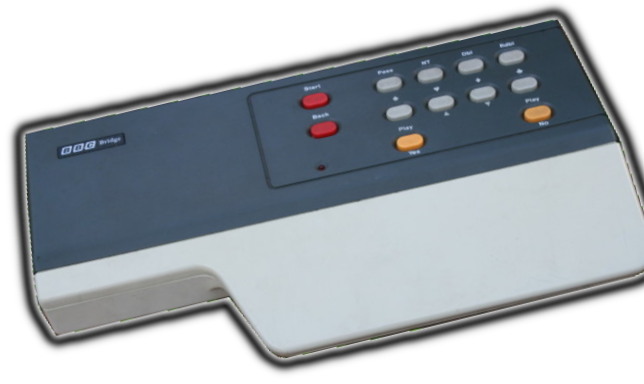 |
||||||
I'm sad to say that one of the worst consoles of all time was made right here in the UK. The Bridge companion was a system where literally all of the games were focused on learning and playing the card game of Bridge and nothing else! Funnily enough inside the console was actually a very popular and fairly capable graphics chip from Texas Instruments, the same one found in the excellent Colecovision. In fact get ready to see this graphics chip appear a lot during the course of the list as it was insanely prolific back in the day due to being cheap to license and mass produce, it has to be one of the most widespread chipsets ever used. Other than having a very limited library the console was also extremely overpriced and a bit out of date. You have to wonder why its designer felt that Bridge required the creation of its own dedicated console as opposed to just putting his programs on another console or computer, but one things for certain, he must've really, really loved Bridge. |
||||||
| ------------------------------------------------------------------------------------------------------------ | ||||||
#97 |
Nichubitsu My Vision (1983) |
|||||
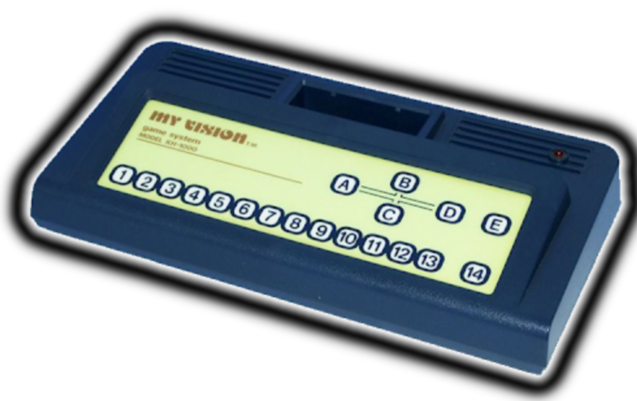 |
||||||
And after only just mentioning how common said Texas Instruments graphics chipset was... here it is again! This time in a Japanese console that was focused on board games, including Japanese favourites like Mahjong and Hanafuda cards, as well as popular games like Mastermind. Not a very versatile console for sure, but at least it plays more than Bridge! And it came out a couple of years earlier than the Bridge Companion to boot. |
||||||
| ------------------------------------------------------------------------------------------------------------ | ||||||
#96 |
Mattel Hyperscan (2006) |
|||||
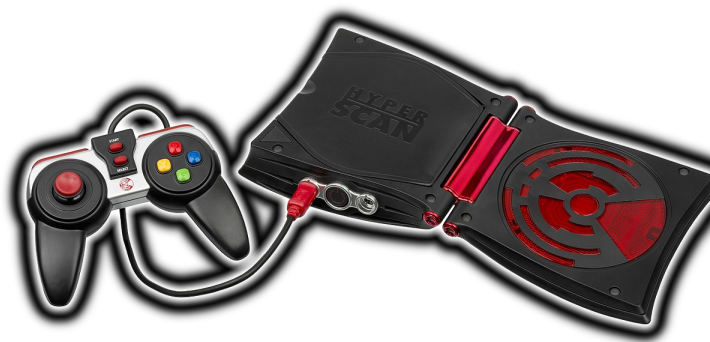 |
||||||
This was yet another absolutely horrendous console, this time made by Mattel, their first new console since the Intellivision nearly 30 years earlier. If this was all they had to offer then frankly, perhaps they should've stayed away for another 30 years! The gimmick here is that the system can scan cards (which are of course, sold separately), and these cards give you access to more features for the games, that are already included on the disk of the games themselves but of which you are just blocked from using. The cards essentially give you more characters to use or special moves and such. So as you can guess the main aim of this console was to sell loads of trading cards to kids. Hardware wise it was similarly awful. The games are reminiscent of PS1 games from 10 years prior to its launch, and not good PS1 games either! The scanning is unreliable and the load times are some of the worst I've experienced on a console, they were slow and unremitting; menu screen you navigate, characters you pick, stages you beat; all followed by a long loading screen. Just an awful, poorly made, weak, and cynical console all round. |
||||||
| ---------------------------------------------------------------------------------------------------------------------- | ||||||
| ---------------------------------------------------------------------------------------------------------------------- | ||||||
#95 |
LaserActive (1993) |
|||||
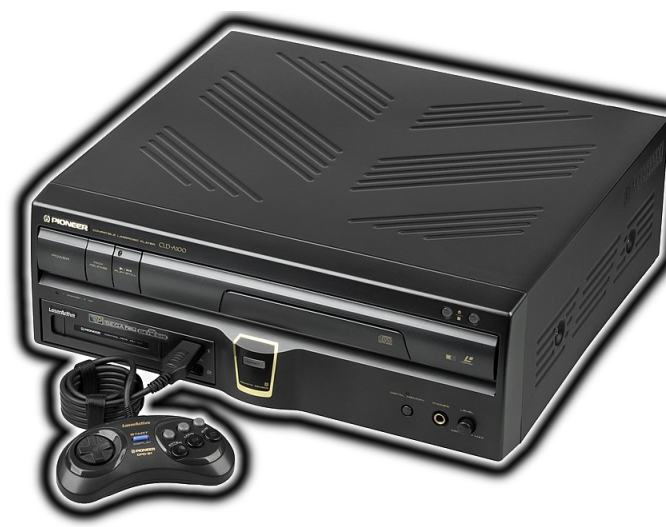 |
||||||
One of the most expensive consoles of all time, the LaserActive was a system that played LaserDisk's. So LaserDisks were a format that was generally used for films, that existed prior to DVD. They were quite high quality but were huge, record-sized things that couldn't hold that much information. Unfortunately playing games on this thing pretty much required you to also buy one of two expensive officially licensed add-ons that slotted into the front. One of the add-ons added Mega Drive hardware and backwards compatibility, and the other added Turbografx hardware and backwards compatibility. However both of these add-ons cost far more than it would cost to buy the original consoles! And all this added on top of the LaserActive itself which cost like a grand! If you had one of these add-ons you could then buy one of the uniformly terrible LaserActive games that were specific just to that add-on, and the console would play an FMV while the Mega Drive or Turbografx hardware handled the other game play elements overlayed onto this FMV background. Being an incredibly expensive system with nothing but terrible games on it may not have been the be all and end all for the system had it been a phenomenal LaserDisk player, but the system was not actually all that notable in the areas of features or pricing as a LaserDisk player either! Just a very odd and ill-conceived machine overall. |
||||||
| ------------------------------------------------------------------------------------------------------------ | ||||||
#94 |
Memorex V.I.S (1992) |
|||||
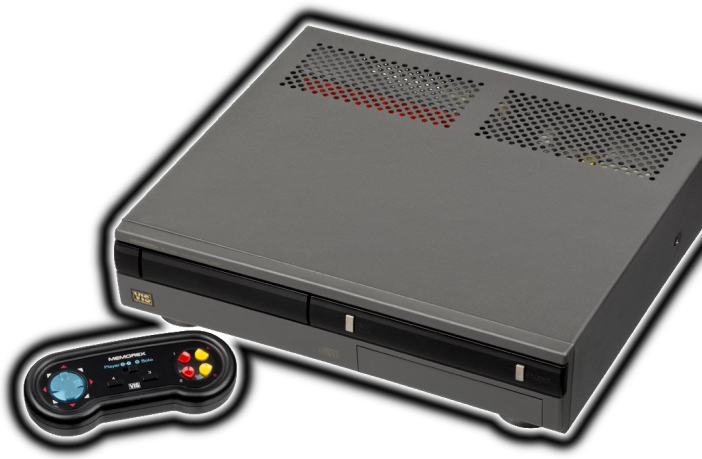 |
||||||
This was a very expensive limited release system that had next to no software. Just a handful of games, a handful of encyclopedia and educational software, and a handful of visual novels appeared really. It was a multimedia type console that was essentially Tandy's answer to the CDTV and CDI (both of which were also terrible and expensive). Overall a trully awful console, I mean, it really tried its best to live up to two other really awful consoles... but it failed! You can't get much lower than that. |
||||||
| ------------------------------------------------------------------------------------------------------------ | ||||||
#93 |
Bright Things Bubble (2005) |
|||||
 |
||||||
This was a short-lived UK made edutainment console that was somewhat reminiscent of Sega's Pico consoles (more on those later). With this console you had to input a DVD specific code to synch it with your DVD player as it has no inbuilt DVD functionality itself. The games came with little notepads that slot into the machine itself, and they are essentially all interactive movies based on popular children's properties of the time, such as Teletubbies, Tweenies and Fimbles and such. This sort of thing had been done many times before, the educational value of these types of machines for children has always been in question, and this particular one reportedly had problems synching with many DVD players. Anyone who's ever tried to buy one of those cheap universal DVD remotes that come with pages of codes probably gets the picture of how temperamental this could be. |
||||||
| ------------------------------------------------------------------------------------------------------------ | ||||||
#92 |
Video Buddy (1999) |
|||||
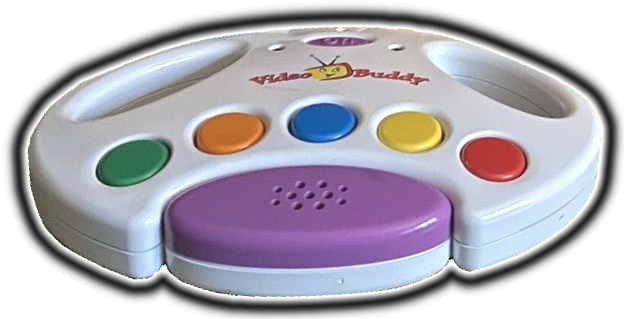 |
||||||
This one is a very late VHS edutainment console that gave children some limited interactivity with VHS footage as it was being played on the TV. They could answer multiple choice questions asked by the onscreen characters and such for example. The machine attaches to a circle on your screen with a sort of plunger and reads the flashes displayed on that part of the screen to receive data. After a while the "games" (used loosely here) would actually start to come on DVD'S instead of Videos. Its a very limited system, even by the standards of its niche and as said it the last entry it'd all been done before. |
||||||
| ------------------------------------------------------------------------------------------------------------ | ||||||
#91 |
See 'n Say Video Phone (1988) |
|||||
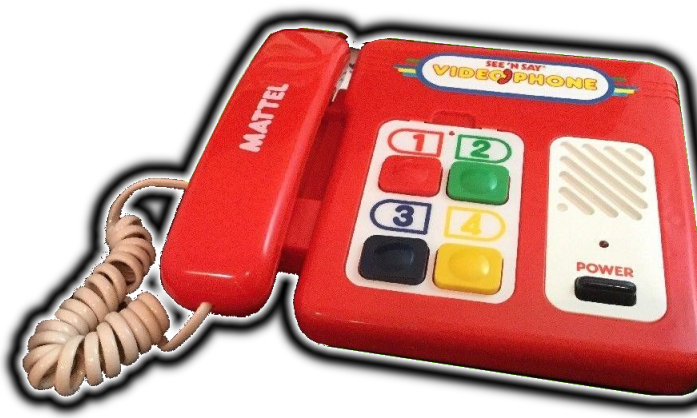 |
||||||
Its yet another edutainment console, this one shaped like an old phone. You basically plug it into a VHS player with a video running and the pre-recorded footage asks you questions which you answer with the buttons on the phone (much like the last entry). The pre-recorded footage plays back all of the possible responses to the player's answer one after the other in sequence, but only plays the relevant audio for the player's choice, silencing all the other responses. Unfortunately this method means that you constantly have to wait through silence as the footage plays through all options. All in all its a basic and gimmicky console with very limited educational value. |
||||||
| ------------------------------------------------------------------------------------------------------------ | ||||||